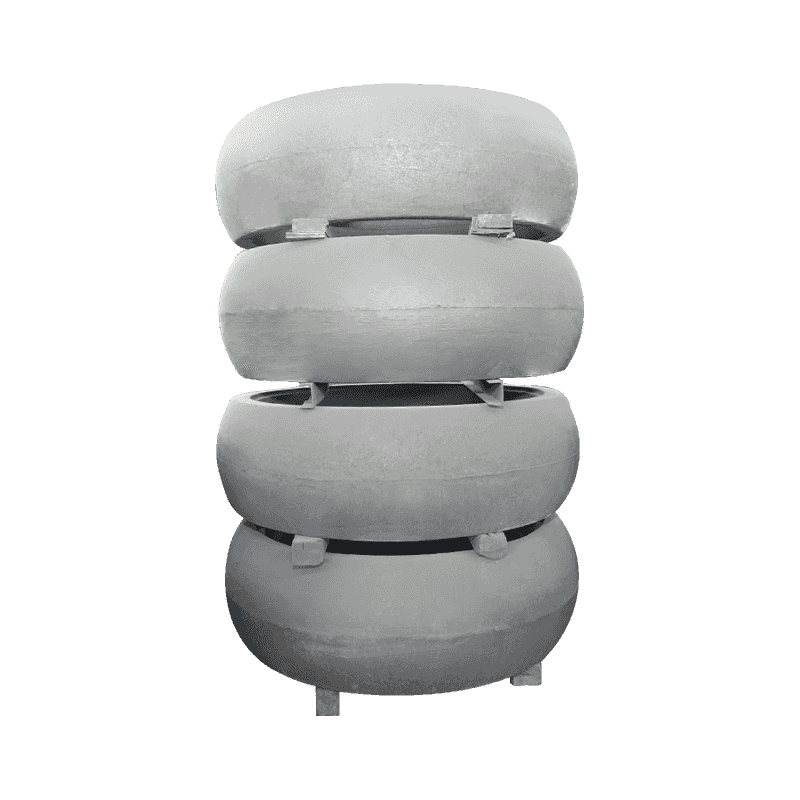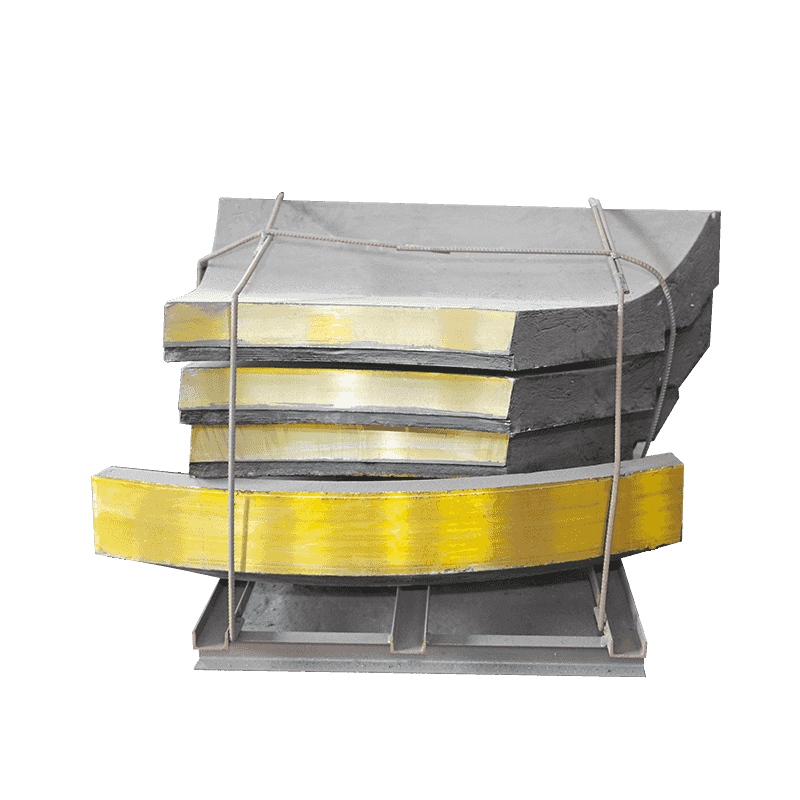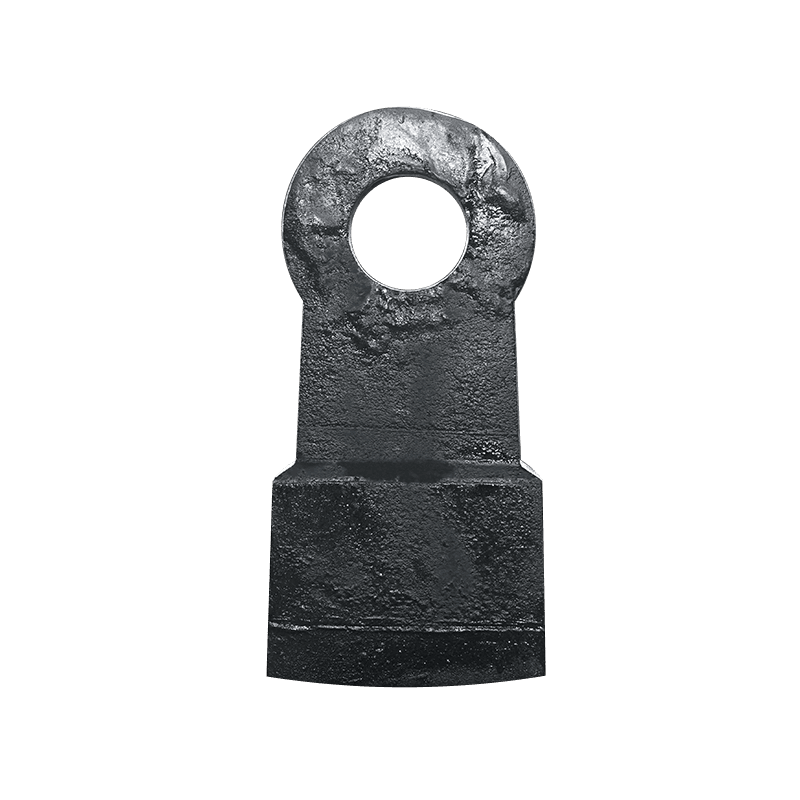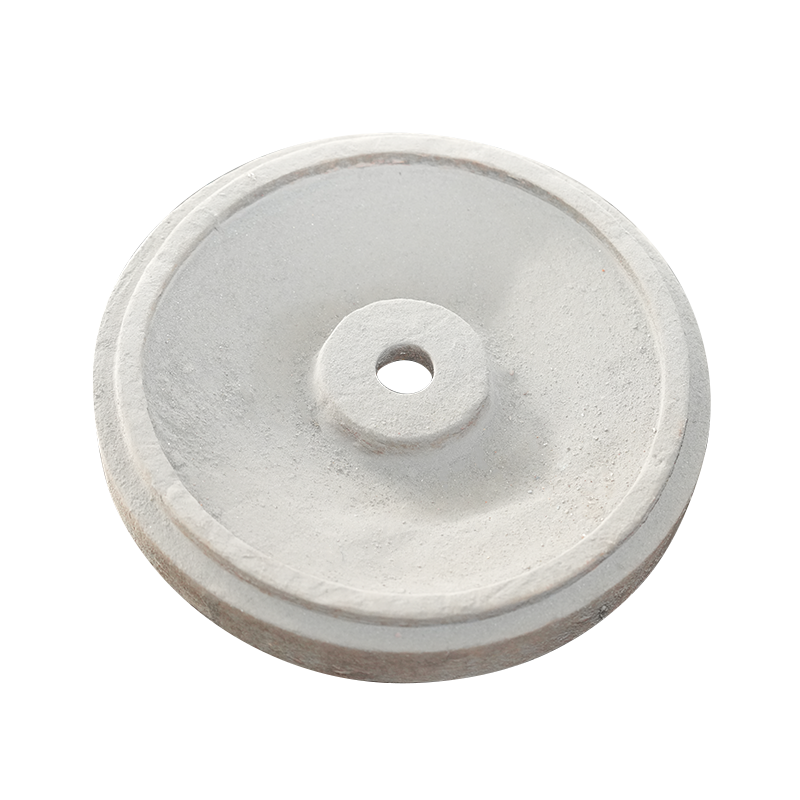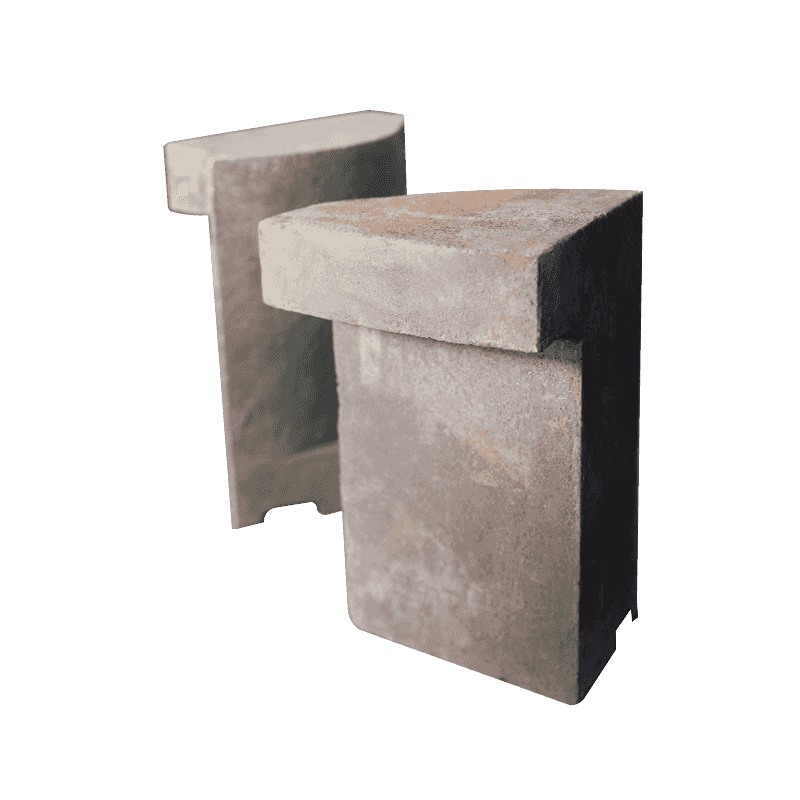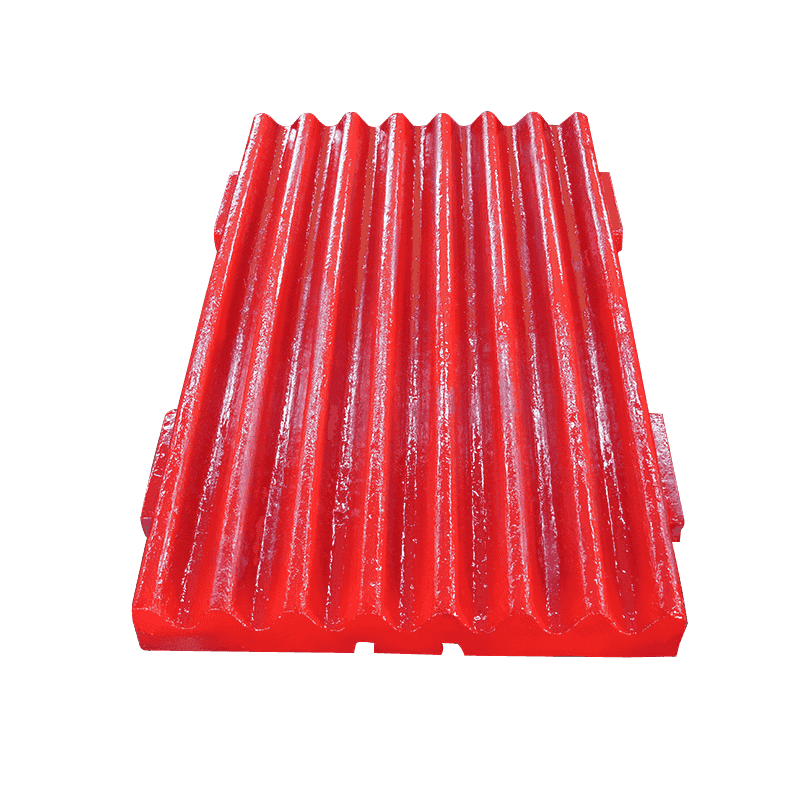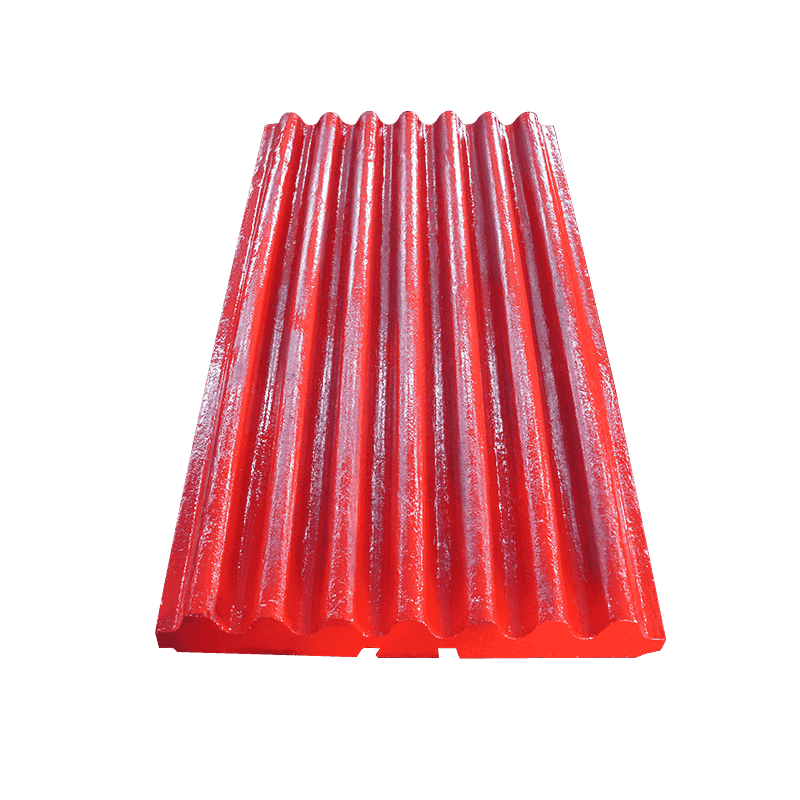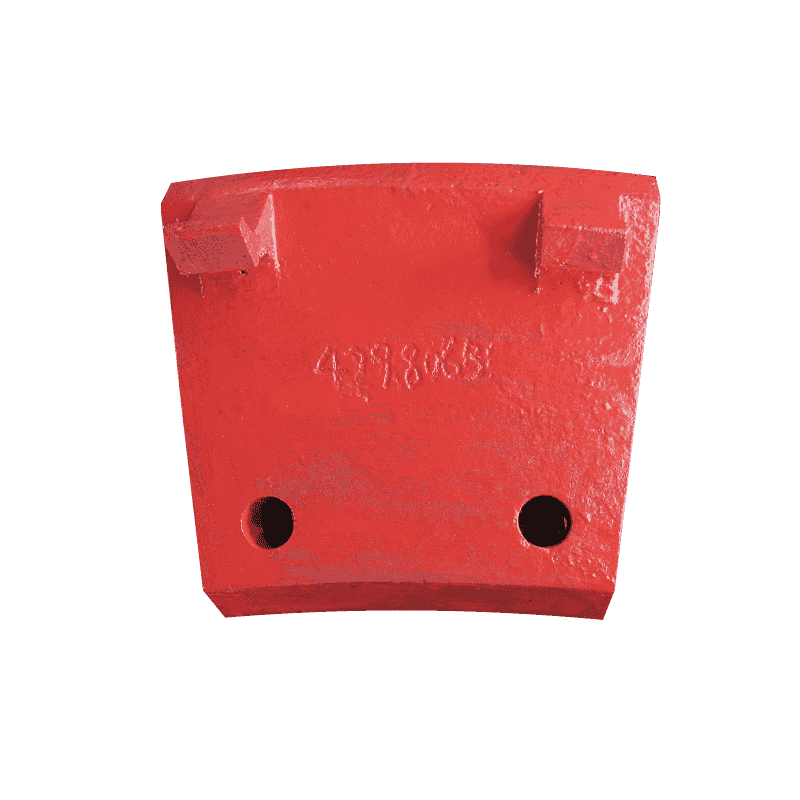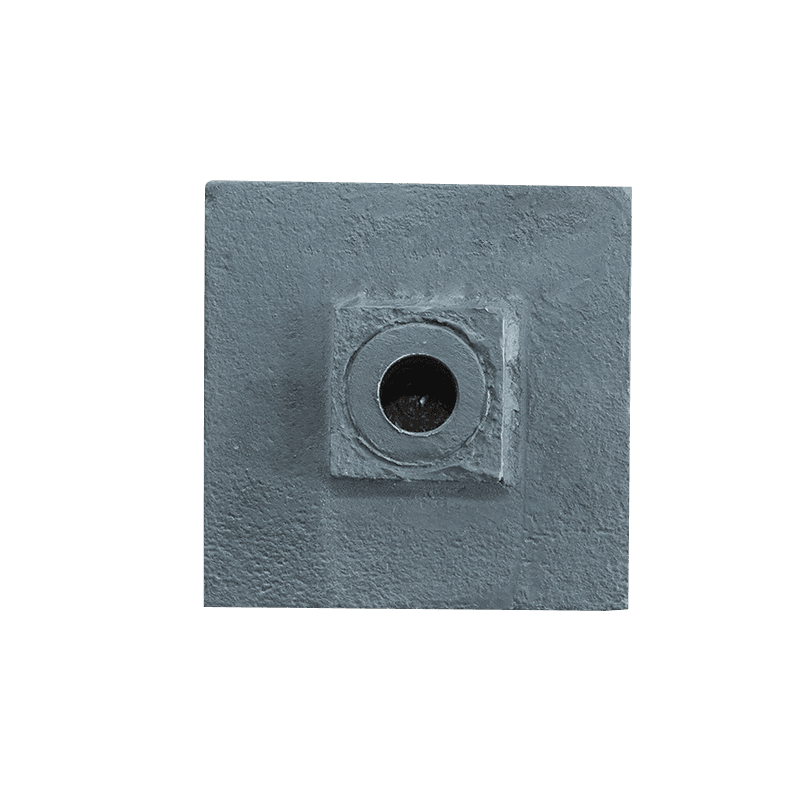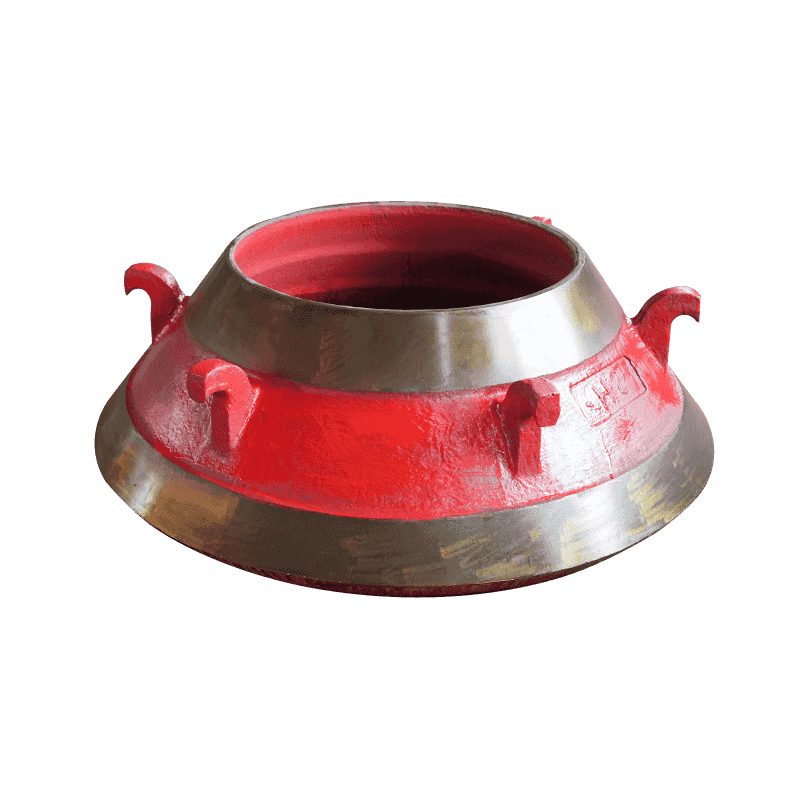Why Is High Manganese Steel the Best Material for Cone Crusher Wear Parts?
What Is High Manganese Steel in Cone Crushers?
Definition of High Manganese Steel
High manganese steel, also known as Hadfield steel, is a type of steel alloy that contains high levels of manganese (typically 12–14%) and low carbon content. The steel is renowned for its excellent toughness, hardness, and wear resistance, which make it ideal for applications where high-impact and abrasive conditions are prevalent. Hadfield steel was first developed by Robert Hadfield in 1882, and its unique properties have since made it a preferred material for manufacturing cone crusher liners and mantles.
Why It Is Widely Used in Crushing Equipment?
High manganese steel is widely used in crushing equipment such as cone crushers due to its exceptional performance in high-impact environments. The steel's work-hardening ability allows it to resist damage from crushing forces and abrasive materials, ensuring that critical components, such as the crusher liners and mantles, have a longer lifespan. This results in reduced downtime, lower maintenance costs, and enhanced productivity for mining and aggregate operations.
Basic Chemical Composition and Its Impact on Performance
The typical chemical composition of high manganese steel includes:
Manganese (12–14%): Provides increased toughness, hardness, and resistance to wear.
Carbon (0.9–1.2%): Enhances hardness and strength, allowing for the steel to harden in response to high-impact stress.
Silicon (0.3–0.9%): Acts as a deoxidizer during the steelmaking process and helps improve toughness.
Iron (balance): Forms the base of the steel alloy and provides structural integrity.
This combination of manganese, carbon, and other elements is what gives Hadfield steel its distinctive characteristics. The high percentage of manganese allows for its work-hardening property, which makes the steel harder as it undergoes repeated impacts, an essential feature for cone crushers used in harsh crushing conditions.
How Does High Manganese Steel Improve Cone Crusher Performance?
Work-Hardening Property Under Impact and Pressure
One of the most significant benefits of high manganese steel is its work-hardening ability. When exposed to impact and pressure, the surface of the steel becomes harder, which helps protect the crusher components, such as crusher liners and mantles, from wear and tear. This phenomenon occurs as the steel absorbs the impact energy and undergoes deformation, which results in the formation of hard phases on the material's surface. This self-hardening property improves the durability and extends the service life of cone crushers, reducing the need for frequent replacement of parts.
Resistance to Wear, Abrasion, and High-Stress Conditions
Due to its high manganese content, high manganese steel exhibits excellent resistance to wear and abrasion. In cone crushers, the liners and mantles are subjected to extreme levels of wear as they come into contact with abrasive materials, such as rocks and ores. High manganese steel provides superior resistance to these abrasive forces, ensuring that the crushing components maintain their shape and functionality for a longer period. This leads to fewer interruptions in production, lower maintenance costs, and improved overall efficiency in crushing operations.
Ability to Extend the Life of Cone Crusher Liners and Mantles
Thanks to the work-hardening effect and high resistance to wear and impact, high manganese steel significantly extends the life of cone crusher liners and mantles. As the steel becomes harder with use, it becomes better equipped to withstand the intense forces generated during the crushing process. This means that crushers equipped with high manganese steel parts can handle heavier workloads without sacrificing performance. Consequently, businesses experience reduced downtime, fewer part replacements, and lower operational costs.
Which Cone Crusher Parts Use High Manganese Steel?
Key Components Made from High Manganese Steel
High manganese steel, also known as Hadfield steel, is extensively used in cone crushers because of its superior properties like toughness, hardness, and work-hardening ability under load. The following cone crusher parts are typically made from high manganese steel:
| Part Name | Description |
| Concaves | The fixed liner that forms the outer part of the cone crusher. It works in conjunction with the mantle to crush material. This part is subjected to significant abrasive wear, making high manganese steel an ideal choice. |
| Mantles | The rotating component that moves within the concave. The mantle interacts with the material to crush it, undergoing high impact and abrasion during the crushing process. |
| Bowl Liners | These form the inner lining of the crushing chamber. Like concaves, they experience constant wear and tear during operation, which high manganese steel can endure. |
| Jaw Plates (in related crushers) | Used in jaw crushers, these plates are often made of high manganese steel. They perform similar functions in crushing equipment and must be durable to withstand the high forces exerted during crushing. |
| Other Wear Parts | This includes feed plates, liners, and other components exposed to heavy impact and abrasion. High manganese steel is perfect for these parts because of its resistance to wear and impact. |
What Are the Advantages of High Manganese Steel for Cone Crushers?
Self-Hardening Feature Under Load
High manganese steel has a remarkable self-hardening property, meaning that as the material is subjected to intense crushing forces, the surface becomes harder and more resistant to wear. This is crucial for components like cone crusher liners and mantles, as it helps them withstand continued impact while maintaining their shape and functionality. The result is a significant reduction in maintenance costs and downtime, allowing crushers to operate efficiently for extended periods.
Excellent Toughness and Durability
Due to its high manganese content, this steel alloy exhibits excellent toughness and durability. Parts made from Cone Crusher High Manganese Steel Castings are able to absorb high-energy impacts without fracturing, offering superior resistance to cracking. This is especially important for crushers working in mining and aggregate operations, where parts are exposed to continuous, intense forces. The steel's ability to withstand shock loading extends the service life of crucial parts like concaves and mantles.
Cost-Effectiveness Compared to Alternative Alloys
Although high manganese steel is often more affordable than alternative alloys, it offers comparable or even superior performance in high-impact conditions. The durability and toughness of this steel make it an excellent cost-effective solution for cone crusher parts. By using Cone Crusher High Manganese Steel Castings, companies can significantly reduce maintenance and replacement costs while improving overall crusher efficiency. This makes it a preferred material in industries where equipment downtime is costly.
Reduces Downtime by Increasing Service Life of Parts
Parts made from high manganese steel offer extended service life thanks to their wear resistance and self-hardening properties. With fewer replacements needed, maintenance teams can focus on other areas, and the equipment experiences less downtime. This translates into greater operational efficiency, as crushers will operate at peak performance for longer periods without the frequent replacement of critical components like bowl liners or mantles.

 English
English  русский
русский  عربى
عربى 